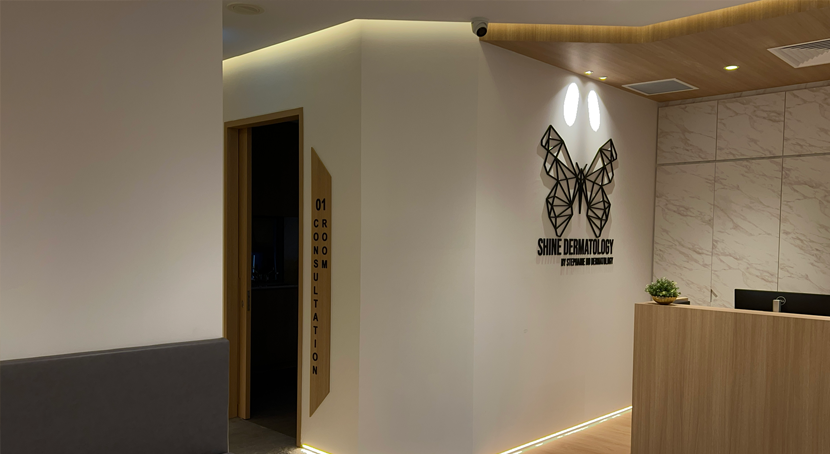Common Types of Nail Abnormalities
Nail problems can arise from a wide variety of causes. The most frequently encountered issues include:
1. Fungal Nail Infections (Onychomycosis)
-
Caused by dermatophytes or yeasts
-
Symptoms include thickening, discolouration (yellow, white or brown), crumbling edges, and nail separation
-
Often affects toenails due to warm, moist environments
2. Ingrown Toenails
-
Occurs when the side of the nail grows into the surrounding skin, causing pain, redness, and swelling
-
May lead to infection if left untreated
3. Trauma-Induced Nail Changes
-
Injury to the nail bed or repeated friction can cause bruising, nail loss, or deformity
-
Common in athletes or those wearing ill-fitting footwear
4. Pincer Nails
-
Excessive inward curvature of the nail edges
-
May cause discomfort and pressure-related complications
5. Pigmented Nail Bands (Melanonychia)
-
Dark streaks along the nail plate
-
Can be benign but require evaluation to rule out serious conditions such as subungual melanoma
6. Other Nail Changes
-
Brittle nails, nail pitting, and ridging can be associated with eczema, psoriasis, lichen planus, or thyroid disorders
Symptoms to Watch For
-
Nail thickening or hardening
-
Discolouration (yellow, brown, white, or black)
-
Crumbling or brittleness
-
Lifting or separation from the nail bed
-
Pain, swelling, or discharge around the nail
-
New or changing pigmented streaks on the nail
If you notice any of these symptoms, it is advisable to seek early dermatological evaluation.
Diagnostic Approach at Shine Dermatology
Our dermatologists will perform a detailed examination of your nails and surrounding skin. Depending on your symptoms, further investigations may include:
-
Nail Clipping or Scraping for Fungal Microscopy and Culture
-
Bacterial Swabs in cases of suspected bacterial infection
-
Dermoscopy for pigmented nail bands
-
Nail Biopsy if there is concern for skin cancer or other underlying pathology
Prompt and accurate diagnosis ensures you receive the right treatment from the start.
Nail Abnormalities Treatment in Singapore
Treatment is tailored according to the underlying cause of your nail condition:
|
Cause |
Treatment Options |
|
Fungal Infection |
Oral or topical antifungal medications (e.g. terbinafine, itraconazole) |
|
Bacterial Infection |
Topical or oral antibiotics |
|
Ingrown Toenails |
Conservative trimming, antiseptic soaks, or minor surgical removal |
|
Pincer Nails |
Nail reshaping, orthonyxia, or surgical correction |
|
Pigmented Nail Bands |
Monitoring or biopsy if suspicious for malignancy |
|
Inflammatory Nail Disorders |
Topical or systemic corticosteroids, depending on severity |
Our dermatologists will also advise on proper nail hygiene, lifestyle modifications, and footwear choices to prevent recurrence.
When to Seek Help
While many nail issues are benign, persistent or unusual nail changes may signal a deeper problem. You should consult a dermatologist if:
-
You have nail changes that don’t improve over time
-
There is pain, pus, or discharge
-
You develop new pigmented streaks or spots under the nail
-
You have multiple affected nails, especially with a history of eczema or psoriasis
At Shine Dermatology, we combine clinical expertise with modern diagnostic tools to deliver accurate, effective care for nail disorders. Whether you’re dealing with a chronic fungal infection or a concerning new nail change, we’re here to help.



